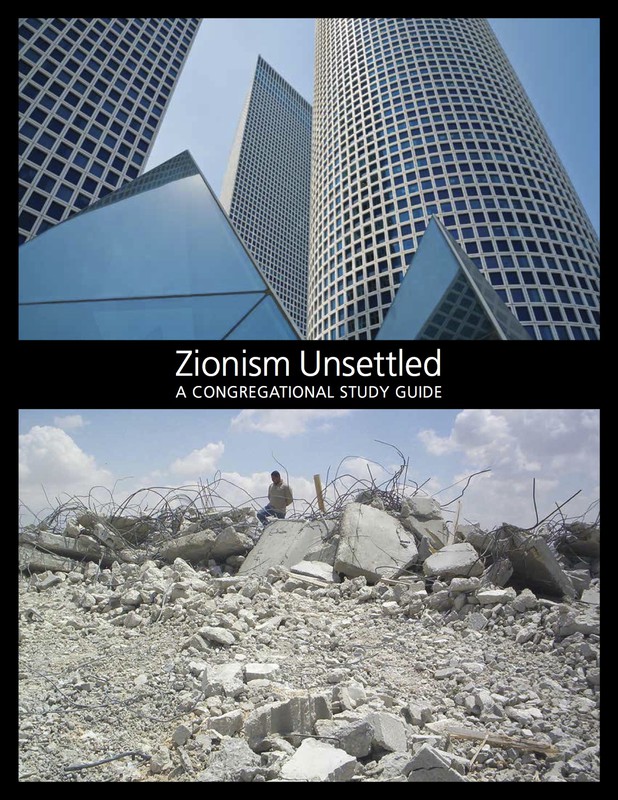Tag: Electronic Intifada
-
Gaza fishermen suffer 85 percent income loss as Israeli siege, attacks continue
4th January 2014 | The Electronic Intifada, Joe Catron | Gaza City, Occupied Palestine On 17 December, Palestinian fishermen and their supporters erected a tent — a traditional venue for protest, as well as celebration and mourning — inside the Gaza seaport. “It was to highlight the situation, the crimes of the Israelis against fishermen here,” said Amjad al-Shrafi, treasurer…
-
Forging new links to boycott movement in Gaza
16th December 2013 | The Electronic Intifada, Joe Catron | Gaza City, Occupied Palestine The Gaza Strip, now in its seventh year of a comprehensive siege by Israel, has faced increased hardships since the 3 July coup in neighboring Egypt. On 26 November, the United Nations’ Office for the Coordination of Humanitarian Affairs warned that the Palestinian enclave…



